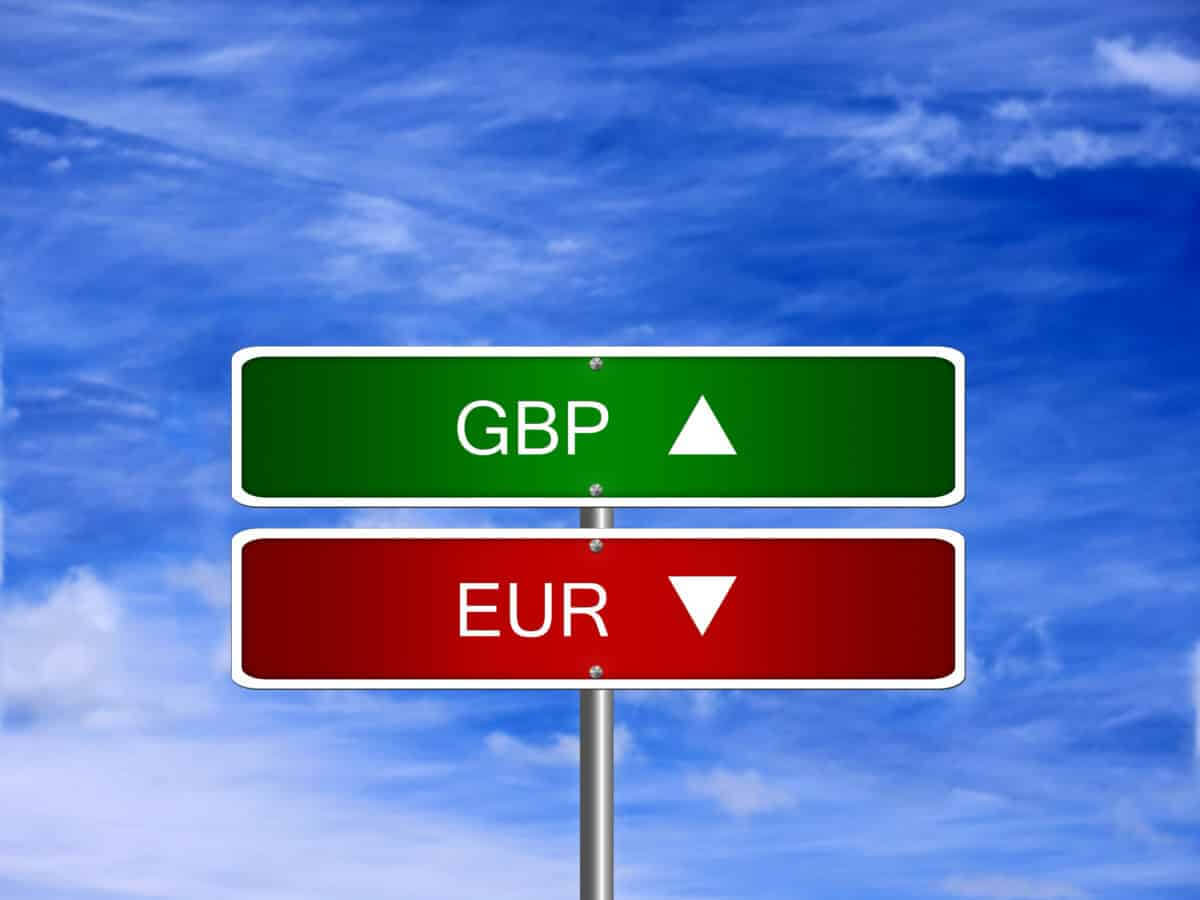
EURUSD and GBPUSD: Such a strong bearish pressure
- During yesterday’s day, the euro fell to the 1.03900 level.
- Yesterday, the pound resisted breaking through the 1.21000 level, which it did.
- Eurostat flash data showed on Friday, that inflation in the eurozone further accelerated in June to a new record level due to rising energy prices.
EURUSD chart analysis
During yesterday’s day, the euro fell to the 1.03900 level, increasing the pressure on this year’s support zone. In mid-June, the euro had tested this support zone, from which it managed to consolidate and recover to the 1.06000 level. This morning during the Asian session, the euro consolidated above the 1.04500 level. Now we need a new positive consolidation in order to climb to the 1.05000 level. A break above would open up space for us towards the 1.06000 level, our two-week resistance. For a bearish option, we need a continuation of the negative consolidation and another test of yesterday’s support at the 1.04000 level. A break below the euro could bring us down to the 1.03500 level, and if it does not last, we continue lower towards the 1.03000 level.
GBPSD chart analysis
Yesterday, the pound resisted breaking through the 1.21000 level, which it did. But during this morning’s Asian session, there was a strong pullback from 1.21900. The pound is now at the 1.20675 level. If such strong bearish pressure continues throughout the day, the pound could fall to the 1.20000 support zone. The June minimum was at the 1.19350 level. We need another positive consolidation and a return above 1.21000 to start for a bullish option. After that, the pound could hold on to that level and continue its recovery. Potential higher targets are 1.21500 and 1.22000 levels. For a bullish trend, it would be great if the pair managed to climb and maintain above the 1.22000 level.
Market overview
Eurozone Inflation
Eurostat flash data showed on Friday, that inflation in the eurozone further accelerated in June to a new record level due to rising energy prices. The HICP advanced by 8.6% year-on-year in June, faster than the growth of 8.1% in May and the forecast of 8.4% by economists. Meanwhile, core inflation, excluding energy, food, alcohol, and tobacco, unexpectedly fell to 3.7% from 3.8%. Record-high inflation was fueled by a 41.9% increase in energy prices.
China Manufacturing Sector
China’s manufacturing sector rebounded in June as an easing of pandemic containment measures boosted output and orders, S&P Global survey results showed on Friday. The Caixin manufacturing purchasing managers’ index grew to 51.7 in June from 48.1 in May. Although the pace of growth was moderate overall, manufacturing activity raised at the fastest pace since May 2021.
The official survey of purchasing managers, released on Thursday, also showed that the manufacturing sector returned to expansion territory in June.




